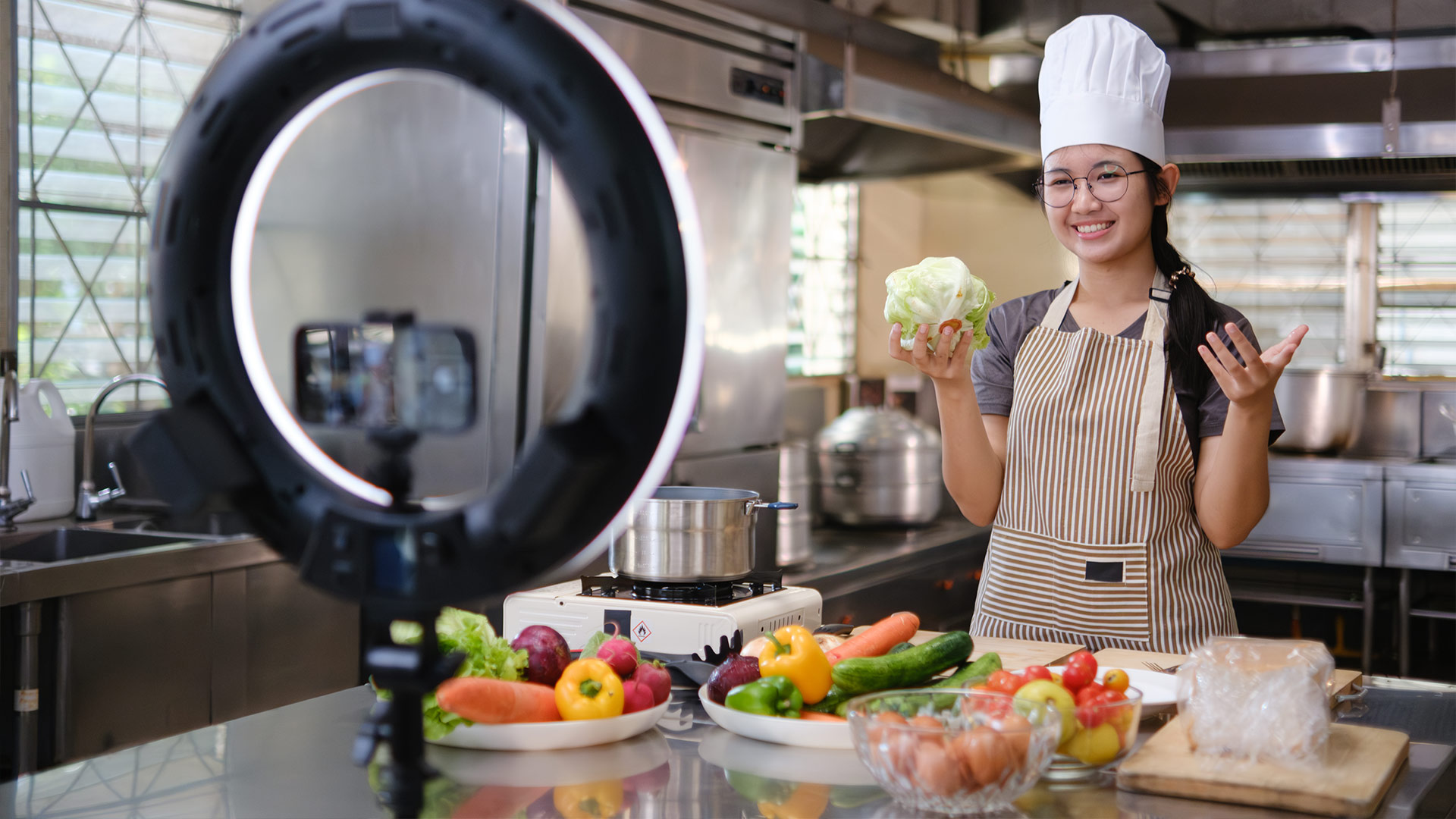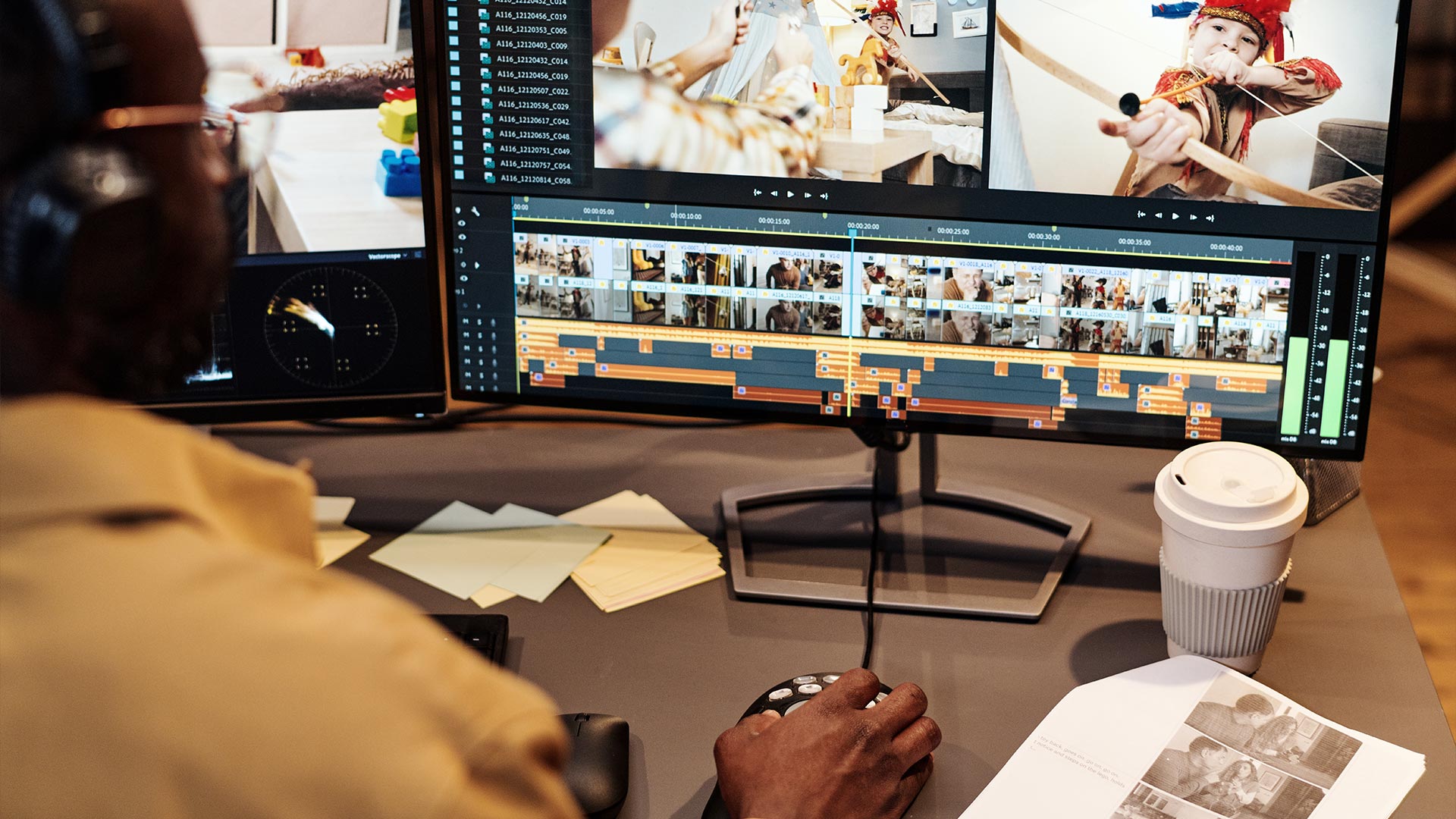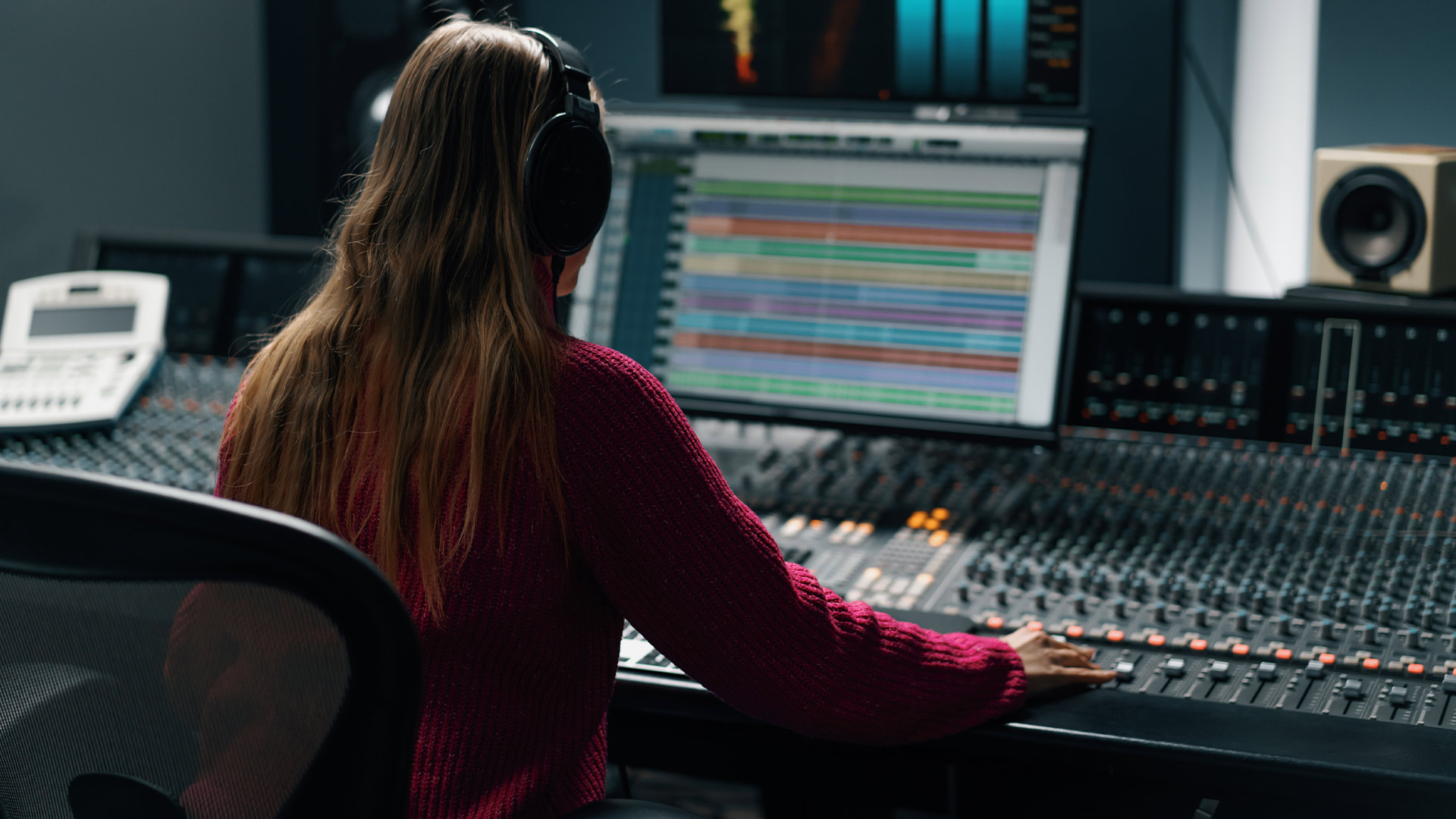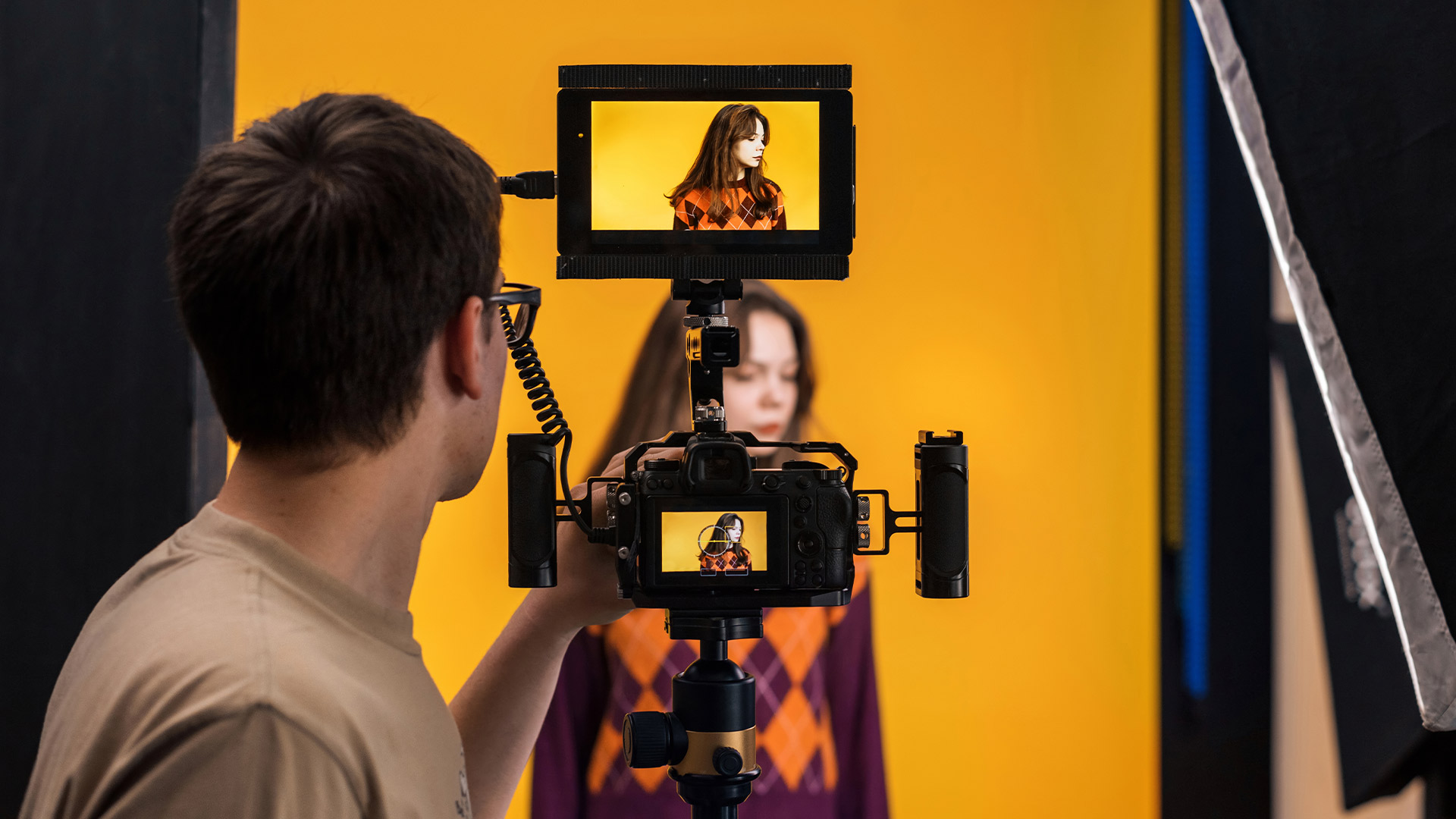When it comes to short-form video, there’s no “one format fits all.” What works like magic for a food creator might totally flop for a beauty vlogger. That’s why understanding the best-performing formats in your niche isn’t just helpful—it’s the cheat code.
So instead of throwing content at the algorithm and hoping something sticks, let’s break down the top-performing video styles across five hot niches: fitness, food, beauty, productivity, and lifestyle.
Fitness: Quick Wins, Visible Results
In the fitness space, attention is all about impact—literally and visually. People want to see movement, progress, and pain (in a good way).
Top formats:
- Before-and-after mini transformations: Whether it’s a two-week plank challenge or 30 days of jump rope, people love to see a journey—even if it’s short. Just flash a “Day 1 vs Day 7” and let the progress speak.
- Time-based follow-alongs: “Do this for 30 seconds” with a timer on screen keeps people engaged. Add background music with a consistent beat to boost energy.
- Body-part specific workouts: Legs-only. Abs-only. No-equipment arms. Focused content outperforms full routines.
- Quick corrections: Form mistakes + fixes. Try “Why your squats aren’t working—and how to fix them.”
Pro tip: Use sound design—like breathing, impact, or quick voice cues—to make your content feel immersive. You’re not just showing a workout, you’re coaching through the screen.
Food: Fast, Satisfying, and Scroll-Stopping
Food content is pure visual dopamine. You don’t need to explain every step—you need to make people want to eat what they’re seeing.
Top formats:
- Super-speed prep montages: Cut, stir, sizzle, plate—in under 20 seconds. Add ASMR sounds and skip the intro.
- Ingredient stacking: People love the build. Think: stack, layer, drizzle, done. “The lazy sandwich that still looks gourmet” always performs.
- One-recipe, one-shot: No cuts, no voiceover—just your hands and a good camera angle.
- Color-driven dishes: Bright smoothies, rainbow salads, pink pastas. If it pops on screen, it pops in the algorithm.
Pro tip: Lead with the final shot. Open with the gooey cheese pull or the cookie break. Make people crave, then show them how it came together.
Beauty: Visual Transitions + Personal Touch
Beauty content wins when it’s equal parts aspirational and relatable. Viewers want the “wow” moment—but they also want to feel like they can pull it off, too.
Top formats:
- Half-face transformations: Start with one side done, one side bare. People can’t look away.
- Product tests with real reactions: “Trying this viral concealer on my dark circles—no filter.” The more honest, the better.
- Step-by-step with minimal text: Skip the long captions. Show the hand, the swipe, the blend.
- Glow-up sequences: Start messy, end stunning. Use transitions synced with music for the biggest impact.
Pro tip: Don’t be afraid to show “mistakes” or imperfect first tries. Realness is the new beauty standard.
Productivity: Calm, Clear, and Oddly Satisfying
This niche thrives on structure. People want to feel like their lives are getting more organized just by watching you work.
Top formats:
- Desk setups and resets: Clean your space on camera. Add a calming song. Instant serenity.
- Digital organization tours: Walk through your Notion, calendar, or color-coded folders in a fast voiceover.
- Speed planning: Bullet journal? Whiteboard? Time block? Whatever your method, show the layout in action.
- “What’s on my screen” POVs: Use a screen recording with voiceover while you plan, clean your inbox, or set up a project.
Pro tip: Keep your visuals minimal and motion steady. Let your tone or music set the vibe. Viewers want to feel like they’re entering a productive zone—not a chaotic one.
Lifestyle: Story-Driven and Personality-Focused
Lifestyle content is where people follow you—not just your tips. These videos do well when they feel like you’re inviting someone into your day, thoughts, or habits.
Top formats:
- Mini vlogs with timestamps: “7:30 AM—coffee. 8:00 AM—emails.” Add aesthetic shots and lo-fi music for a cozy vibe.
- POV stories: “POV: You just moved to a new city and don’t know anyone.” Narrated or text-over, these feel personal and emotional.
- Routine breakdowns: “My 5-minute Sunday reset” or “How I wind down after work.” Keep it real, not Pinterest-perfect.
- Honest lists: “5 things I stopped doing to feel less anxious” or “3 habits I picked up from my grandma.”
Pro tip: Talk like you’re texting a friend. Polished is fine, but connection is what makes lifestyle content go viral.
Format Trends That Work Across Niches
While each niche has its favorites, some formats tend to win almost everywhere:
- Jump cuts: Fast edits keep viewers alert and stop scroll fatigue.
- Countdowns and timers: Add urgency. “You’ve got 20 seconds—go.”
- Loopable endings: End in a way that flows back to the beginning, encouraging repeat views.
- Text-first storytelling: Open with a bold statement or question. Let people read, then experience.
If in doubt, test a format from another niche in yours. Sometimes borrowing structure from outside your category brings in new viewers who haven’t seen that angle before.
What to Avoid (Even If Everyone Else Is Doing It)
Not all “trendy” formats are actually helpful. Here’s what to watch out for:
- Overexplaining: If it takes 10 seconds to introduce the video, you’ve already lost most of your audience.
- Reused sound with no twist: If you’re using a popular audio, add something new or unexpected—or risk getting lost in the noise.
- Unedited talking head videos: Unless you're a natural entertainer, straight talk-to-camera with no movement will rarely perform.
Short-form thrives on rhythm, feeling, and quick payoffs. If your video feels like a meeting, people will treat it like one: they’ll leave early.
Test, Tweak, Repeat
There’s no one magic format that guarantees viral. But if you start by focusing on your niche’s top formats, your odds go up—fast.
Once you find a structure that works, play with:
- Different pacing
- New audio
- Slightly shifted hooks
- Reframing the same idea from a different angle
The format isn’t the goal—it’s the frame. You fill it with what you know, what you’ve tried, what you felt. That’s what gets people to stay.




